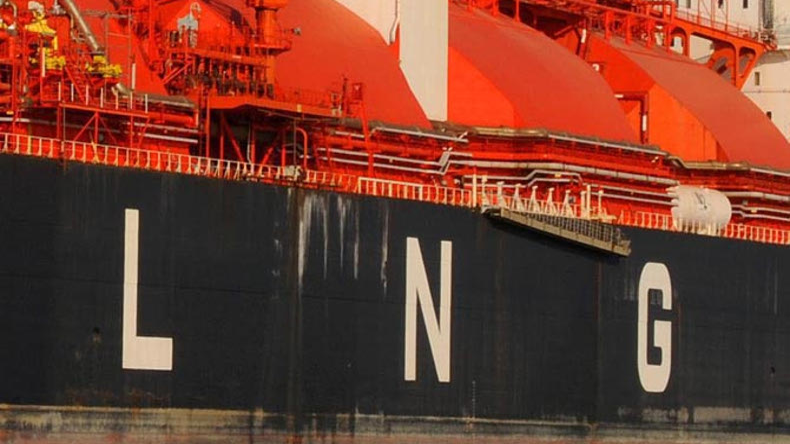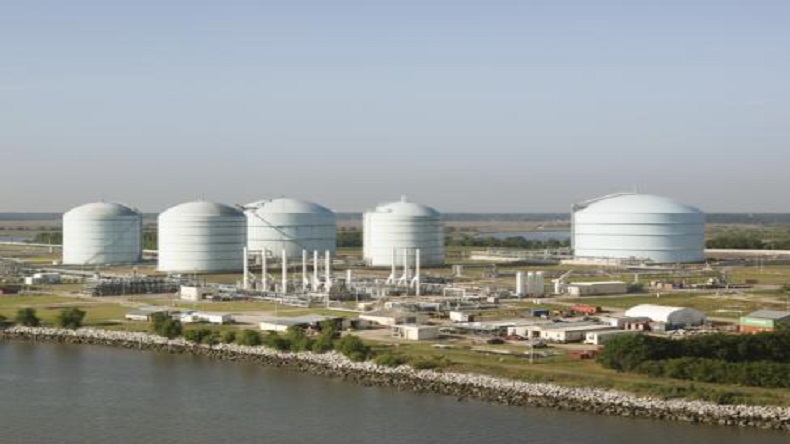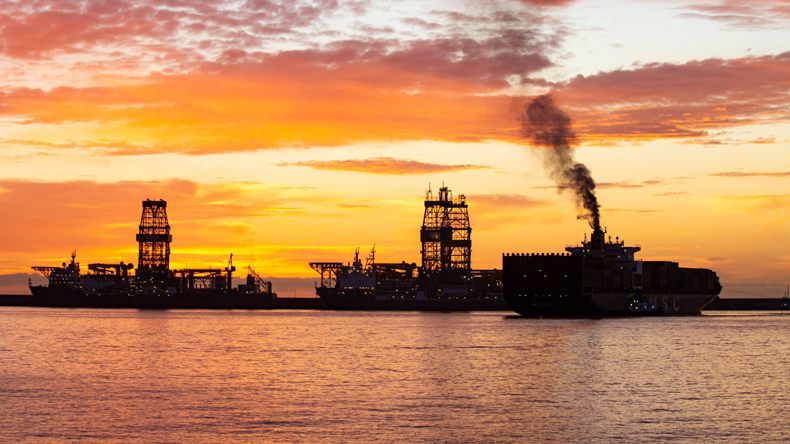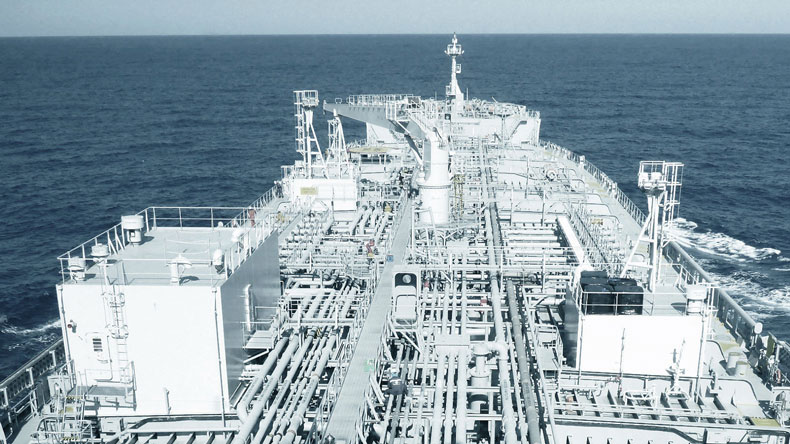Marine gasoil demand to double on IMO rules, says IEA
The International Energy Agency says demand for marine gasoil will remain elevated for the next five years as the sulphur cap comes into effect. But by 2024, the fuel market will operate on a more evenly distributed landscape in which three fuel types will claim the spoils
New IEA projections suggest new 0.5% fuels will only lead the market in five years and heavy fuel oils will persist
MARINE GASOIL will claim 45% of the bunker fuel market in 2020 and continue to be the dominant fuel until 2024, because heavy sulphur fuel oil will still capture almost a quarter of fuel demand, according to the International Energy Agency.
The agency has described the International Maritime Organization’s 2020 sulphur cap, which will require ships to limit sulphur emissions to 0.5% from January 1, as one of the biggest shake-ups the product markets have ever seen.
“Although the industry has had several years’ notice, there are fears of shortfalls when the rules come into effect,” IEA executive director Fatih Birol said in the agency’s five-year energy outlook report. “Our analysis shows that refiners and shippers are relatively well prepared to respond, although the first year may bring some challenges.”
Very low sulphur fuel oils, which are currently not available to the market and are being used or tested by companies on an individual basis, will only become dominant by 2024.
They will be slow to take off in 2020, both due to reduced availability, compatibility complications and owner hesitation to adopt the new fuels until they have been persuaded of their safety, according to the IEA’s assessment.
And while heavy sulphur fuel oil, currently accounting for between 70% and 80% of the market, will drop to just over 30% in 2020, the accelerated adoption of scrubbers means that it will continue to be a prominent fixture for years to come.
The IEA projection actually forecasts more unscrubbed than scrubbed heavy sulphur fuel oil being used in 2020, owing to the expectation that the sulphur-cap rules will be snubbed initially.
The agency anticipates just over 16% of the global fleet will be non-compliant in 2020 due to very low sulphur fuel oil’s availability issues and higher costs.
It is confident that the availability of compliant fuel will spread and non-compliance will drop significantly; starting in 2023 demand for unscrubbed heavy sulphur fuel oil will drop below 2%.
While up to 4,000 vessels are expected to have scrubbers by the end of 2020, that will only grow to 5,200 by 2024 as producers increase gasoil supply.
“We assume that the business case for retrofitting existing ships with scrubbers largely disappears in 2021 as refiners increase gasoil output and amid competition for fuel oil from the power sector,” the IEA said. “Thus, demand from scrubbers stabilises after 2022.”
Fuel costs are expected to rise with the sulphur cap and the IEA projects sluggish bunker demand to be an accompanying side-effect of price rises; bunker demand growth is set to fall from an annual average 2.5% over the past decade to just 0.3% in 2020 and 1.8% between 2021 and 2024.
2020 shakes up the global gasoil landscape
The IEA may find that stakeholders are relatively well prepared for 2020 but it also projects a 200,000 barrel per day deficit in the global gasoil market between 2020 and 2024, despite an 800,000 barrels per day increase in production to meet rising demand from marine.
“Our research indicates that to reduce demand by an equivalent amount, prices would need to rise by one fifth versus what they would otherwise be,” the IEA said.
But that is only the case if the compliance rate is what the IEA anticipates. Stricter enforcement would augment this price spikes.
“Under that scenario, suppliers would need to find an additional 700 kb/d of gasoil that we currently expect to go to HSFO, with gasoil prices possibly doubling versus business as usual conditions,” the IEA said.
Meanwhile, the affections of the maritime sector, which will account for 56% of growth in gasoil and diesel demand between 2019 and 2024, will directly affect inland diesel demand because cost rises in middle distillates will prompt fuel switches, especially in regions such as North America, Northwest Europe and Japan.
Refiners will also boost gas oil production by 8% by 2024 compared with 2018.
The IEA also projects a tenfold increase in demand for liquefied natural gas for use as a fuel in shipping by 2024 compared with the end of 2018, spurred by containerships and cruiseships. Despite the emphatic increase, LNG would still only account for 2% of the marine bunker fuel market in 2024.
Last year, the IMO adopted a greenhouse gas emissions reduction strategy targeting a minimum 50% decline by 2050. While regulators are currently working on implementation, a new revised strategy will be adopted in 2023.
“During the period, it is possible the IMO will publish a new strategy on greenhouse gas emissions, which could have an adverse impact on LNG as it offers just a 20-25% reduction in emissions versus oil,” the IEA warned.







